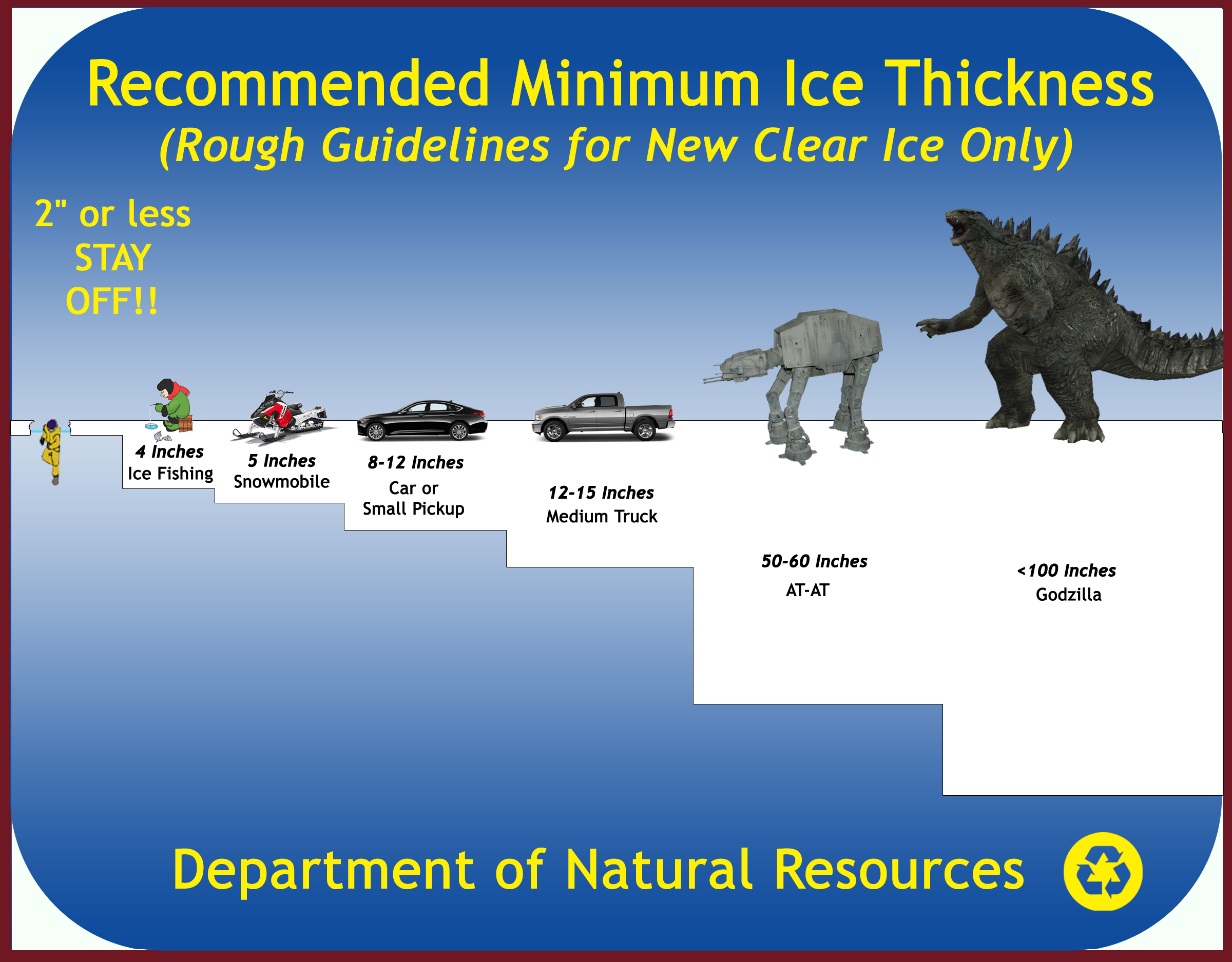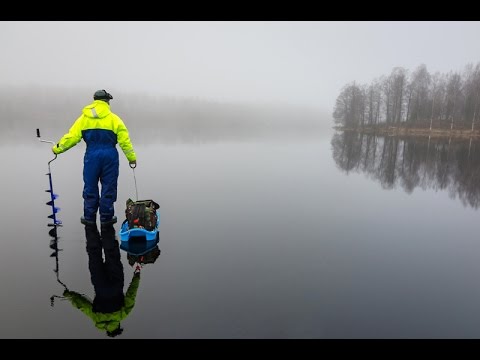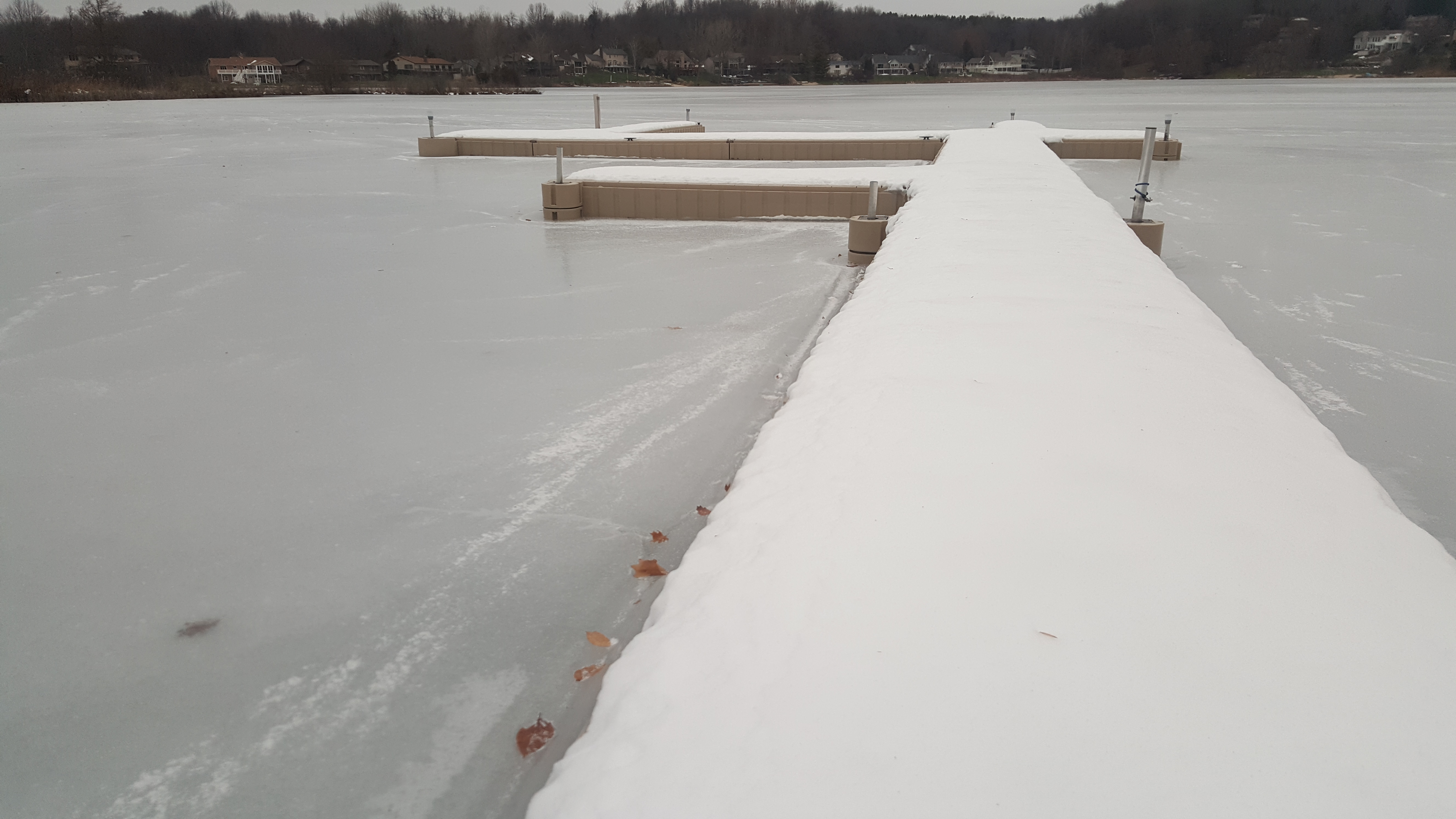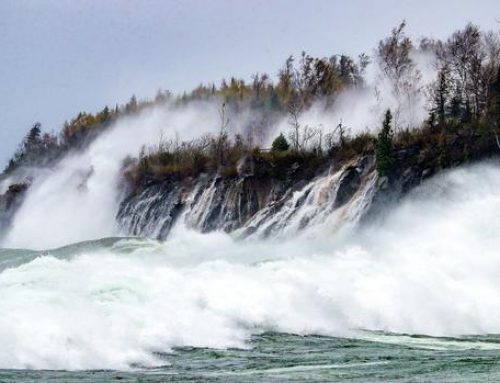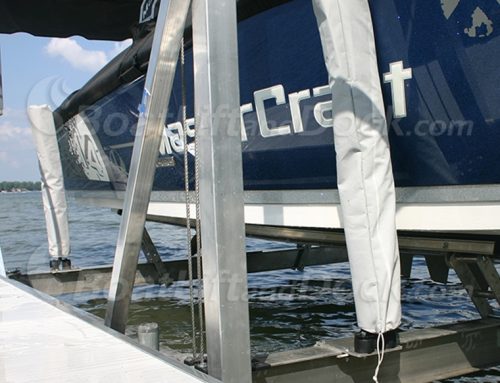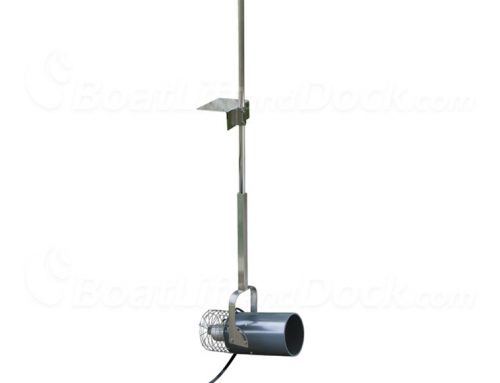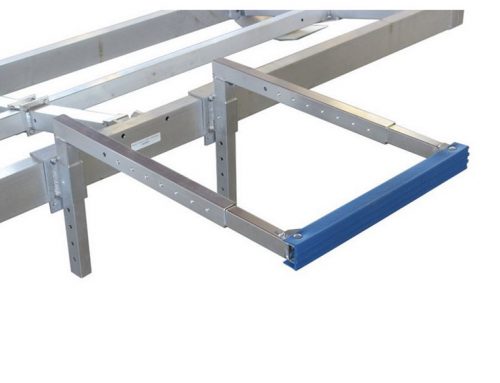Ice fishing is a tradition in many northern states of the United States. With the robust amount of natural inland lakes and cold weather during the winters we often get many inches of ice on lakes allowing for all kinds of fisherman to enjoy the sport all year long. People build little ice towns out on the ice, shanties with heaters and places to escape the wind while you fish through a small hole in the ice at your feet. From tip-up professionals to the first year fisherman, anyone can get out there and enjoy the hard water all winter long.
Unfortunately ice fishing can come with some risk to the inexperienced or those not paying attention to the signs the lakes and weather are giving you. This post should help you and your friends decided when is the safest time to hit the water and what equipment the ice will hold at different thicknesses. Below are some basic guidelines to help keep you safe out on the hard water.
- Avoid moving water—Moving water creates weaker ice and should be avoided unless you know for sure it is at least 5 inches thick.
- Know where you are on the lake—Ice can be thicker in the middle of the lake than at the edges and sometimes visa versa. If you see springs in the lake welling up below the ice this can often indicate that the ice is significantly thinner in these areas.
- Ask for some local guidance—Local bait shops or diners on the lake can often be a great place to pick up some early information on ice thickness before you head out. You may even get some good advice on hot fishing locations!
- Cracking noises—If the ice begins to make loud cracking noises you know it is too thin to be safe and it is time to back out slowly and find a new spot on the lake with thicker ice.
- Stay clear of excess snow—Snow can add extra weight and stress to the ice as well as insulating the warmer ice from the colder air, slowing the freezing process. Look for clear open areas to drill your hole.
- Don’t have to many people, vehicles or holes too close together—This adds stress and weakens the ice making it more dangerous to everyone around. Be sure to spread out to distribute the weight more evenly.
- Fish with a buddy—The buddy system is great in many situations in life and ice fishing is no different. Having someone out there to watch your back and help you in an emergency can save your life when out on the ice.
- Dress Warm!—It is very cold and windy out on the ice so be sure to be clothed in the proper attire to avoid dangerous frostbite, no one wants to lose any fingers to Jack Frost over a few fish.
- Watch this quick video from the Minnesota DNR for more!
Always remember your tips for safety as you get out there and enjoy this northern past time.

